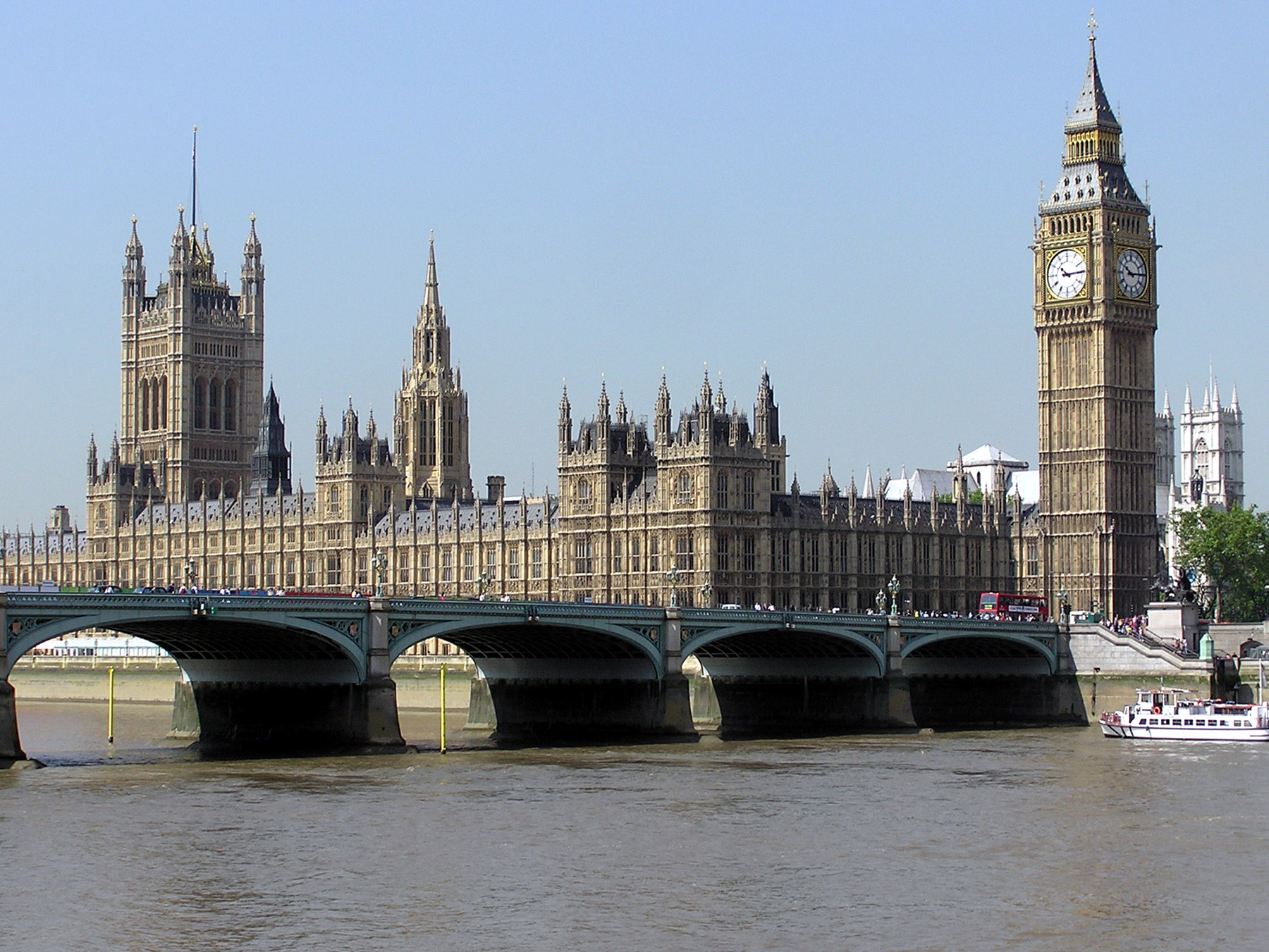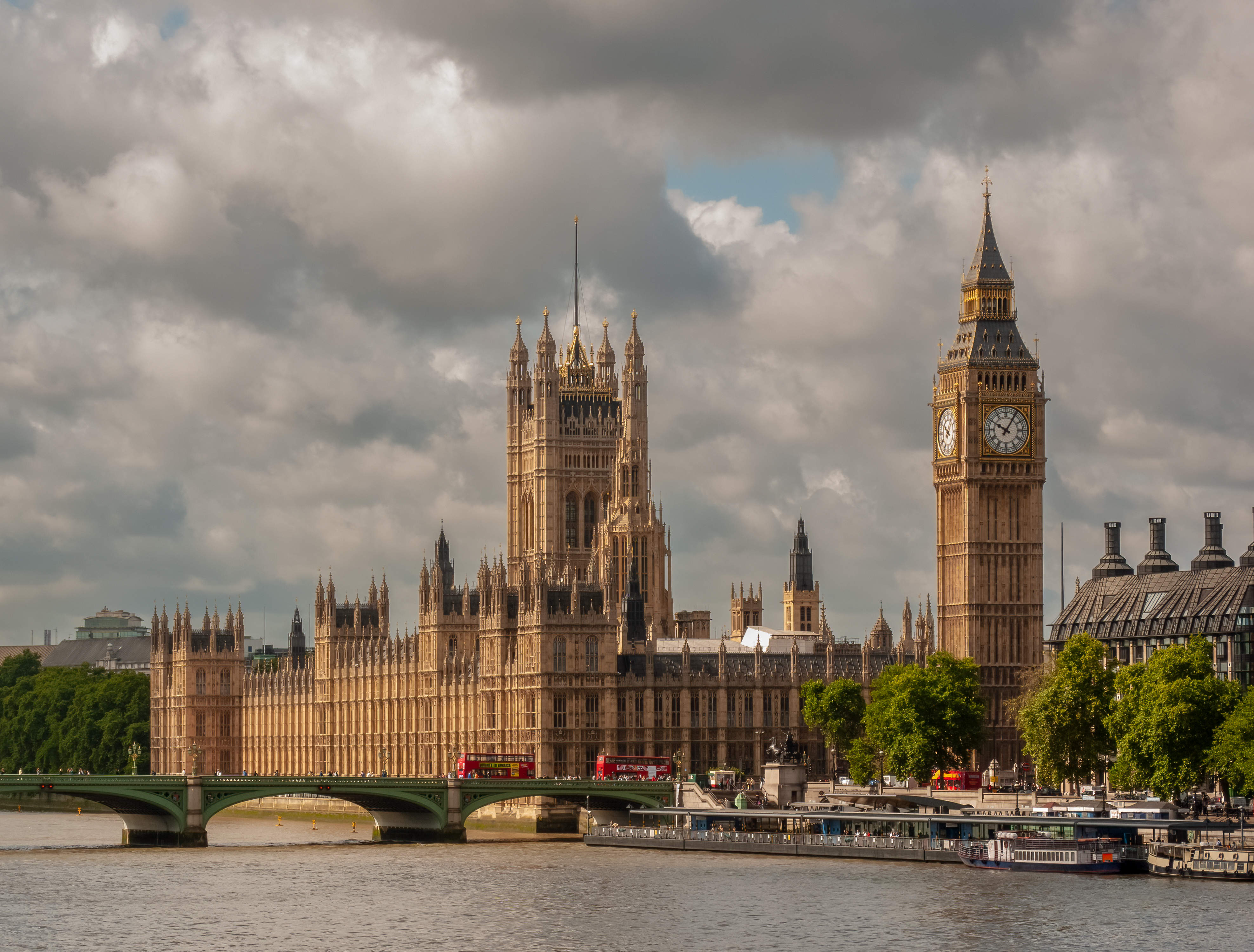|
Politics Of Manitoba
The Province of Manitoba, similar to other Canadian provinces and territories, is governed through a Westminster-based parliamentary system. The Manitoba government's authority to conduct provincial affairs is derived from the Constitution of Canada, which divides legislative powers among the federal parliament and the provincial legislatures. Manitoba operates through three branches of government: the executive, the legislative, and the judicial. The executive branch—the Government of Manitoba—consists of the Executive Council and the Premier, who is the head of government and the President of the Executive Council. The legislative branch—the Manitoba Legislature—is composed of the Lieutenant Governor and the Legislative Assembly, which is composed of the 57 members (MLAs) elected to represent the people of Manitoba, as well as the Speaker, the Clerk, the Officers of the Legislative Assembly, and the employees of the legislative service. The judicial arm consists o ... [...More Info...] [...Related Items...] OR: [Wikipedia] [Google] [Baidu] |
Coat Of Arms Of Manitoba
The coat of arms of Manitoba is the heraldic symbol representing the Canadian province of Manitoba. The arms contains symbols reflecting Manitoba's British heritage along with local symbols. At the upper part of the shield is the red cross of St. George, representing England. On the left, the unicorn represents Scotland. The lower portion of the shield features a bison standing atop a rock on a green background, a symbol of First Nations peoples of the area who derived food and clothing from the animal. The original arms, consisting of only the shield, were granted by royal warrant of King Edward VII on 10 May 1905. The arms were further augmented with supporters, a crest, and motto, by a warrant of then-Governor General Ramon Hnatyshyn on 23 October 1992. The shield also features on the provincial flag. History The coat of arms was augmented on 23 October 1992 by a vice-regal warrant of then-Governor General Ramon Hnatyshyn to include a crest, supporters, and motto. ... [...More Info...] [...Related Items...] OR: [Wikipedia] [Google] [Baidu] |
Wab Kinew
Wabanakwut "Wab" Kinew (born December 31, 1981) is a Canadian politician who has served as the 25th premier of Manitoba since October 18, 2023 and the leader of the Manitoba New Democratic Party (NDP) since September 16, 2017. Kinew represents Fort Rouge in the Legislative Assembly of Manitoba and was the leader of the Opposition from 2017 until the NDP's victory in the 2023 Manitoba election. Before entering politics, Kinew was an author, musician, broadcaster and university administrator, best known as a host of programming on CBC Radio and CBC Television. Kinew is Canada's first provincial premier of First Nations descent, and Manitoba's first Indigenous premier since Métis Premier John Norquay in 1887. Early life and education Wabanakwut "Wab" Kinew was born on December 31, 1981, in Kenora, Ontario. From the Ojibways of Onigaming First Nation in Northwestern Ontario, he is the son of Tobasonakwut Kinew, a former local and regional chief and a professor of Indigenou ... [...More Info...] [...Related Items...] OR: [Wikipedia] [Google] [Baidu] |
Chief Justice Of Manitoba
The Manitoba Court of Appeal () is the court of appeal in, and the highest court of, the Canadian province of Manitoba. It hears criminal, civil, and family law cases, as well as appeals from various administrative boards and tribunals. Seated in Winnipeg, the Court is headed by the Chief Justice of Manitoba, and is composed of a total of 13 justices. At any given time, there may be one or more additional justices who sit as supernumerary justices. The Court hears appeals from the Provincial Court and the Manitoba Court of King's Bench, as well as certain administrative tribunals, including the Residential Tenancies Commission, the Municipal Board, and the Manitoba Labour Board, among others. Most cases are heard by a panel of three justices. A single justice presides over matters heard in "chambers", usually interlocutory matters or applications for leave to appeal. Proceedings before the court are governed by the Court of Appeal Rules. Judges Pursuant to ''The Court of Ap ... [...More Info...] [...Related Items...] OR: [Wikipedia] [Google] [Baidu] |
Clerk (legislature)
The clerk, chief clerk, secretary, or secretary general (British English: ; American English: ) of a legislative chamber is the senior administrative officer responsible for ensuring that its business runs smoothly. This may encompass keeping custody of documents Laying before the house, lain before the house, received, or produced; making records of proceedings; allocating office space; enrolling of members, and administering an oath of office. During the first sitting of a newly elected legislature, or when the current presiding officer steps down, they may preside over an election of a new presiding officer. The clerk sometimes has a ceremonial role. A clerk may also advise the speaker (politics), speaker or members on parliamentary procedure, acting in American parlance as a "Parliamentarian (consultant), parliamentarian". In the anglosphere, English speaking world, a parliamentary, legislative or congressional clerk is often used to refer to other officials who are involve ... [...More Info...] [...Related Items...] OR: [Wikipedia] [Google] [Baidu] |
Head Of Government
In the Executive (government), executive branch, the head of government is the highest or the second-highest official of a sovereign state, a federated state, or a self-governing colony, autonomous region, or other government who often presides over a cabinet (government), cabinet, a group of ministers or secretaries who lead executive departments. In diplomacy, "head of government" is differentiated from "head of state". The authority of a head of government, such as a president, chancellor, or prime minister, and the relationship between that position and other state institutions, such as the relation between the head of state and of the legislature, varies greatly among sovereign states, depending largely on the particular system of the government that has been chosen, won, or evolved over time. In most parliamentary systems, including constitutional monarchies, the head of government is the ''de facto'' political leader of the government, and is answerable to at least ... [...More Info...] [...Related Items...] OR: [Wikipedia] [Google] [Baidu] |
Government Of Manitoba
The powers and structure of the provincial Government of Manitoba () are set out in the Constitution Act, 1867. In modern Canadian use, the term "government" refers broadly to the cabinet of the day (formally the Executive Council of Manitoba, Executive Council), elected from the Legislative Assembly of Manitoba, Legislative Assembly and the non-political staff within each provincial department or agency – that is, the civil service. The Provinces and territories of Canada, Province of Manitoba has a unicameral legislature, the Manitoba Legislature, consisting of the Lieutenant Governor of Manitoba, Lieutenant Governor and the Legislative Assembly, which operates in framework of a Westminster system, Westminster-style Parliamentary system, parliamentary constitutional monarchy. The political party that wins the largest number of seats in the legislature normally forms the government, and the party's leader becomes Premier of Manitoba, premier of the province, i.e., the Head of ... [...More Info...] [...Related Items...] OR: [Wikipedia] [Google] [Baidu] |
Legislative Assemblies Of Canadian Provinces And Territories
This is a list of the legislative assemblies of Canada's provinces and territories. Each province's legislative assembly, along with the province's lieutenant governor, form the province's legislature (which is called a parliament or general assembly in some provinces). Historically, several provinces had bicameral legislatures, but they all eventually dissolved their upper house or merged it with their lower house, so that all provincial legislatures are now unicameral. Members of the legislative assemblies of Canada's provinces and territories are called by various names. In most provinces and all three territories, they are called Members of the Legislative Assembly (MLAs) in English. In Ontario, they are called members of Provincial Parliament (MPPs); in Quebec, they are called members of the National Assembly (MNAs); and in Newfoundland and Labrador, they are called members of the House of Assembly (MHAs). The legislative assembly with the most members is the National A ... [...More Info...] [...Related Items...] OR: [Wikipedia] [Google] [Baidu] |
Parliament Of Canada
The Parliament of Canada () is the Canadian federalism, federal legislature of Canada. The Monarchy of Canada, Crown, along with two chambers: the Senate of Canada, Senate and the House of Commons of Canada, House of Commons, form the Bicameralism, bicameral legislature. The 343 members of the lower house, the House of Commons, are styled as Member of Parliament (Canada), ''Members of Parliament'' (MPs), and each elected to represent an Electoral district (Canada), electoral district (also known as a riding). The 105 members of the upper house, the Senate, are styled ''senators'' and appointed by the Governor General of Canada, governor general on the advice of the Prime Minister of Canada, prime minister. Collectively, MPs and senators are known as ''parliamentarians''. Bills may originate in either the House of Commons or the Senate, however, bills involving raising or spending funds must originate in the House of Commons. By Constitutional convention (political custom), cons ... [...More Info...] [...Related Items...] OR: [Wikipedia] [Google] [Baidu] |
Parliamentary System
A parliamentary system, or parliamentary democracy, is a form of government where the head of government (chief executive) derives their Election, democratic legitimacy from their ability to command the support ("confidence") of a majority of the legislature, to which they are held accountable. This head of government is usually, but not always, distinct from a ceremonial head of state. This is in contrast to a presidential system, which features a president who is not fully accountable to the legislature, and cannot be replaced by a simple majority vote. Countries with parliamentary systems may be Constitutional monarchy, constitutional monarchies, where a monarch is the head of state while the head of government is almost always a member of parliament, or Parliamentary republic, parliamentary republics, where a mostly ceremonial president is the head of state while the head of government is from the legislature. In a few countries, the head of government is also head of state ... [...More Info...] [...Related Items...] OR: [Wikipedia] [Google] [Baidu] |
Westminster System
The Westminster system, or Westminster model, is a type of parliamentary system, parliamentary government that incorporates a series of Parliamentary procedure, procedures for operating a legislature, first developed in England. Key aspects of the system include an executive branch made up of members of the legislature which is responsible government, responsible to the legislature; the presence of parliamentary opposition parties; and a ceremonial head of state who is separate from the head of government. The term derives from the Palace of Westminster, which has been the seat of the Parliament of the United Kingdom, Westminster Parliament in England and later the United Kingdom since the 13th century. The Westminster system is often contrasted with the presidential system that originated in the United States, or with the semi-presidential system, based on the government of France. The Westminster system is used, or was once used, in the national and Administrative division, su ... [...More Info...] [...Related Items...] OR: [Wikipedia] [Google] [Baidu] |
Manitoba
Manitoba is a Provinces and territories of Canada, province of Canada at the Centre of Canada, longitudinal centre of the country. It is Canada's Population of Canada by province and territory, fifth-most populous province, with a population of 1,342,153 as of 2021. Manitoba has a widely varied landscape, from arctic tundra and the Hudson Bay coastline in the Northern Region, Manitoba, north to dense Boreal forest of Canada, boreal forest, large freshwater List of lakes of Manitoba, lakes, and prairie grassland in the central and Southern Manitoba, southern regions. Indigenous peoples in Canada, Indigenous peoples have inhabited what is now Manitoba for thousands of years. In the early 17th century, English and French North American fur trade, fur traders began arriving in the area and establishing settlements. The Kingdom of England secured control of the region in 1673 and created a territory named Rupert's Land, which was placed under the administration of the Hudson's Bay ... [...More Info...] [...Related Items...] OR: [Wikipedia] [Google] [Baidu] |





